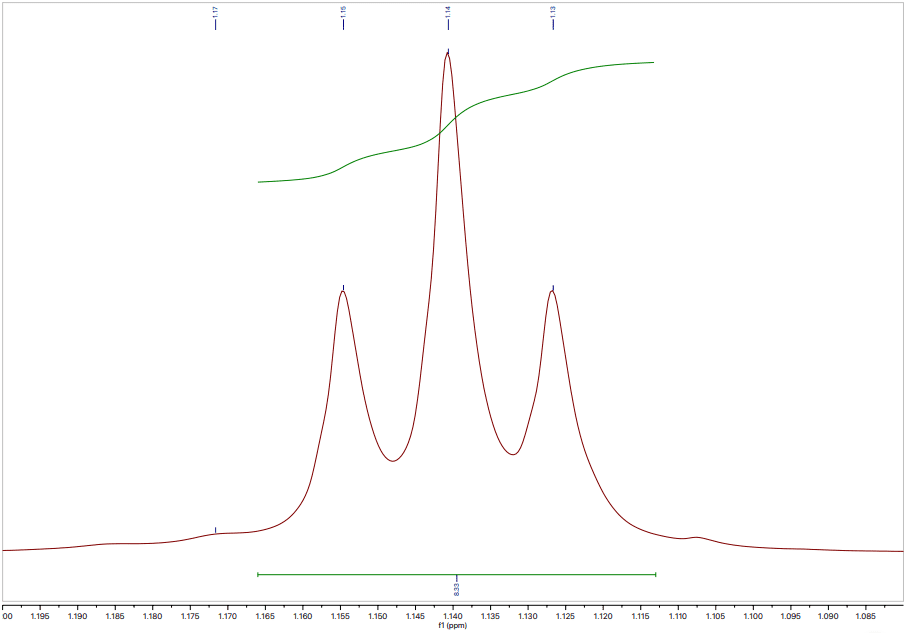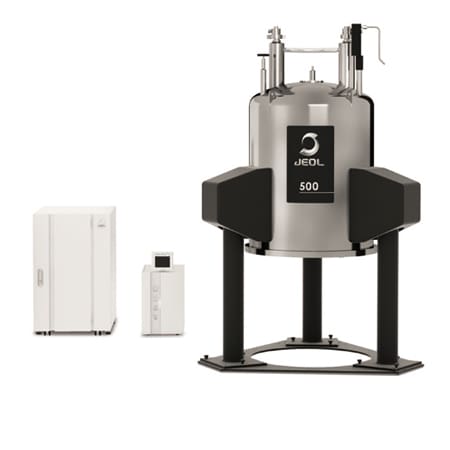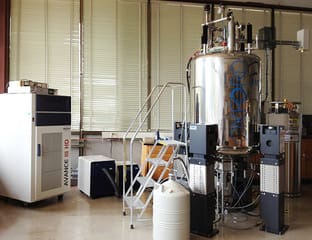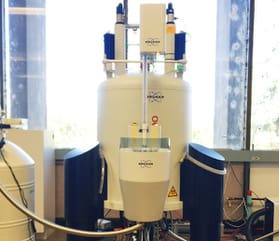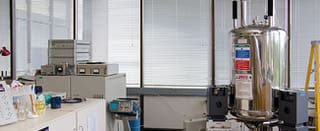Nuclear Magnetic Resonance Spectroscopy (NMR)

Nuclear magnetic resonance spectroscopy (NMR) is a chemical analytical technique used to assay the composition and chemical structure of solutions, solids, mixtures, and macromolecules.
Due to its ability to capture dynamic molecular behavior, it can also be used to characterize reaction kinetics, real-time structural rearrangements, substrate binding and catalysis, and many other processes.
Strengths
- Non-invasive and non-destructive (once isotopes are fully integrated)
- Can be quantitative when used with reference / control samples
- High precision measurement
- Optimized for nonselective molecular analysis
Limitations
- Sample preparation to use isotopic forms
- Less sensitive to composition than mass spectrometry and other chemical analytical techniques
- Limited to analyzing NMR-active nuclei

